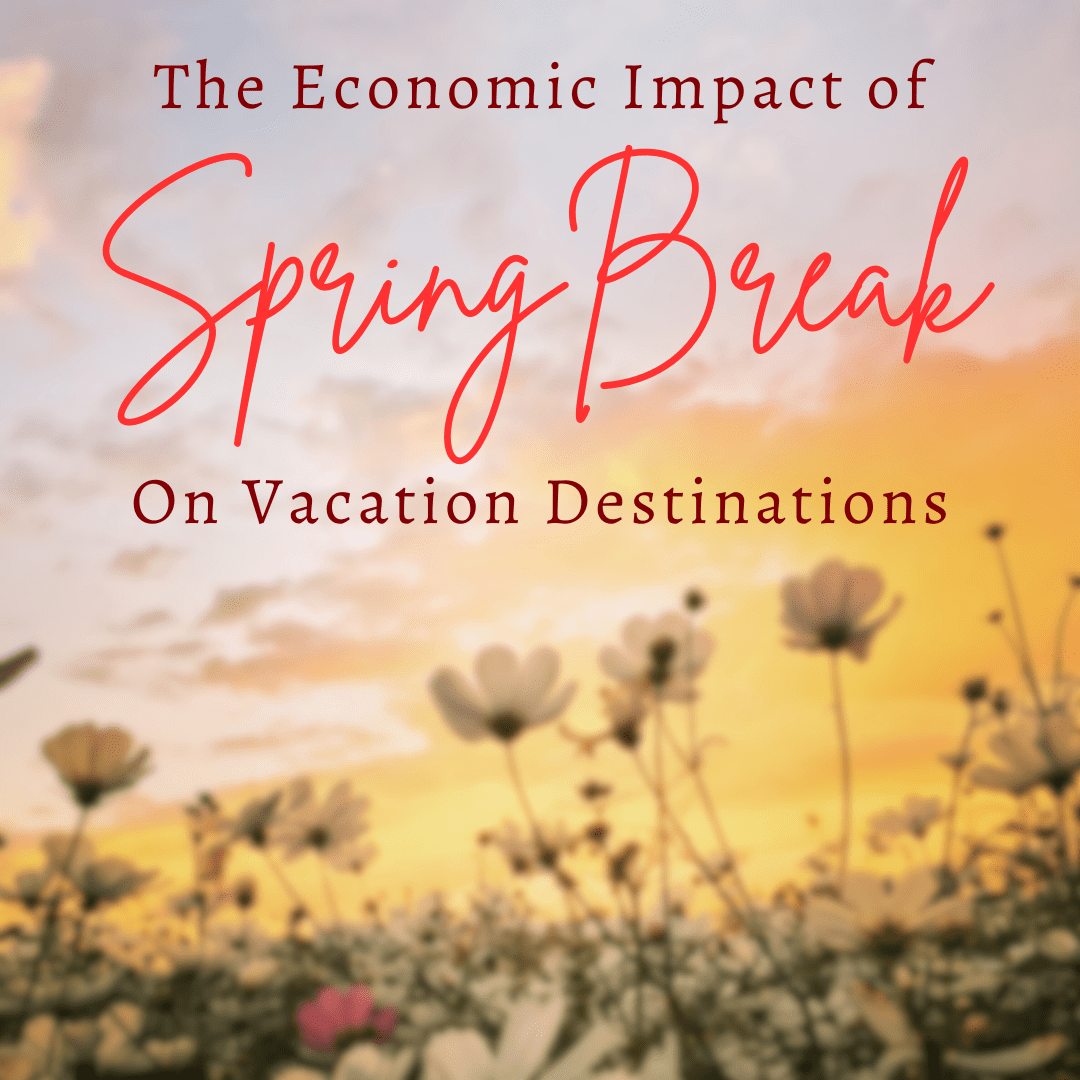As the winter frost begins to thaw and the first hints of spring emerge, millions of people across the globe gear up for one of the most anticipated breaks of the year – Spring Break. For destination communities, particularly those with warm climates and attractive beaches, this annual phenomenon represents not just a period of leisure and revelry but also a significant economic boon. However, behind the sun-soaked days and vibrant nightlife lies a complex interplay of economic factors that shape the fortunes of these locales.The Economic Impact of Spring Break on Vacation Destinations.

Spring Break: A Cultural Phenomenon
Spring Break has evolved from a brief respite for college students into a cultural milestone embraced by people of all ages. It’s a time for relaxation, adventure, and celebration, often characterized by beach parties, music festivals, and a surge in tourism. For destination communities, this influx of visitors translates into a surge in revenue across various sectors.
The Economic Drivers
The economic impact of Spring Break extends far beyond the hospitality industry. While hotels, resorts, and vacation rentals experience peak demand during this period, the benefits ripple throughout the local economy. Restaurants, bars, retail outlets, transportation services, and recreational activities all witness a surge in business. Local vendors selling souvenirs, beachwear, and other merchandise also thrive during Spring Break, capitalizing on the influx of tourists.
Employment Opportunities
One of the most tangible effects of Spring Break on destination communities is the creation of employment opportunities. The surge in tourism leads to increased hiring across various sectors, providing temporary jobs for locals and seasonal workers. From hotel staff and restaurant servers to lifeguards and event coordinators, businesses ramp up their workforce to meet the heightened demand, thereby reducing unemployment rates and boosting income levels within the community.
Infrastructure and Investment
In preparation for the Spring Break onslaught, destination communities often invest in upgrading their infrastructure and amenities. Improvements to roads, parking facilities, public transportation, and recreational areas not only enhance the visitor experience but also contribute to the long-term development of the region. Moreover, the revenue generated during Spring Break may be reinvested into community projects, such as environmental conservation efforts or cultural initiatives, ensuring sustainable growth and prosperity. The Economic Impact of Spring Break on Vacation Destinations.
Challenges and Mitigation Strategies
While Spring Break brings undeniable economic benefits, it also presents challenges for destination communities. Issues such as overcrowding, traffic congestion, environmental degradation, and public safety concerns can strain local resources and infrastructure. To mitigate these challenges, destination management organizations often implement strategic measures such as crowd control initiatives, waste management programs, and enhanced security measures. Collaborative efforts between the public and private sectors are crucial to maintaining a balance between economic prosperity and sustainable development.
Conclusion
Spring Break serves as a powerful catalyst for economic activity in destination communities, driving revenue growth, job creation, and infrastructure development. However, managing the influx of visitors and addressing associated challenges require careful planning, investment, and collaboration. By harnessing the economic opportunities while mitigating the negative impacts, destination communities can ensure that Spring Break remains a vibrant and sustainable tradition for years to come.
